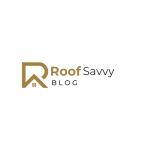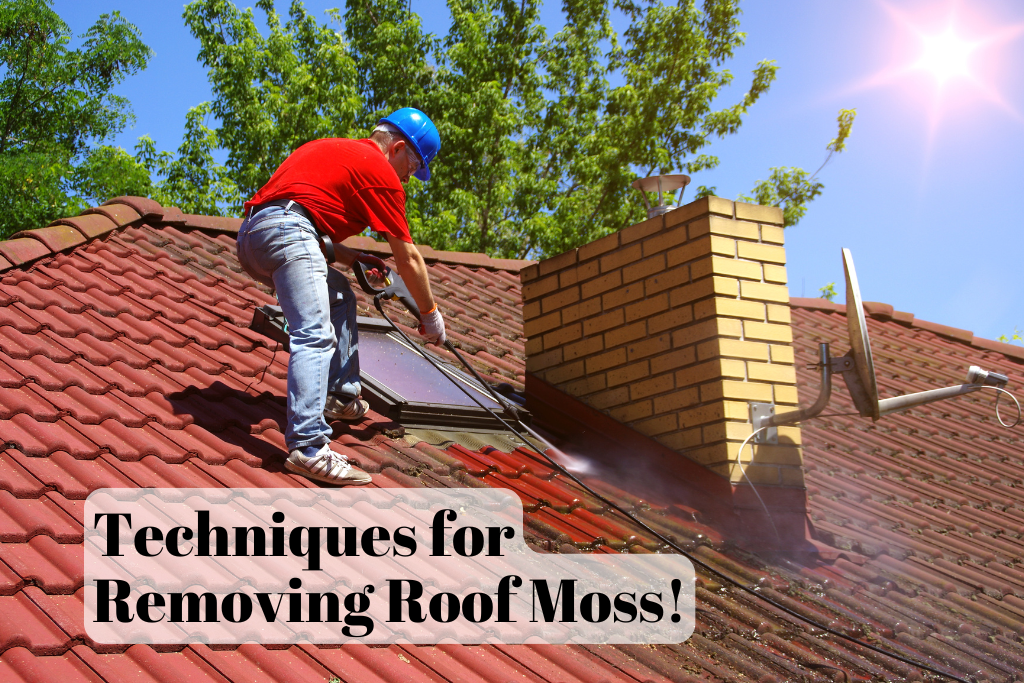Introduction
Moss on your roof can be more than just an eyesore. Left untreated, moss can damage roofing materials, lead to leaks, and ultimately compromise the structural integrity of your home. Whether you're a homeowner concerned about the health of your roof or just looking to improve its curb appeal, removing roof moss is essential. But what’s the best way to do it? In this guide, we'll explore the most effective methods for removing moss from your roof while maintaining its longevity.
Why Roof Moss is a Problem?
Moss thrives in damp, shaded environments, which makes roofs an ideal breeding ground, especially in regions with high humidity and rainfall. Over time, moss can grow thick, retain moisture, and weaken roofing materials such as shingles, tiles, or wood. This moisture can seep into the roof structure, leading to rot and even costly roof replacements if left unchecked.
Manual Removal One of the simplest and most immediate ways to remove moss from your roof is through manual removal. While this can be labor-intensive, it's often effective if done carefully.
- Tools Needed: A stiff brush or a long-handled broom, safety harness, ladder, and non-slip shoes.
- Method: Start by brushing the moss off the roof from the top down. Be careful not to scrub too hard, as this can damage the shingles. Also, avoid walking directly on the roof unless absolutely necessary; instead, work from a ladder or use a safety harness.
Manual removal is often the first step in moss eradication, but it may not prevent future growth. That’s why it’s important to follow up with preventative treatments.
Using a Moss Removal Solution Another effective method for removing roof moss involves applying specially designed moss removal solutions. These products are available in liquid or powder form and are generally safe for most roofing materials.
- Steps:
- Choose a moss removal product that is safe for your roofing material.
- Apply the solution on a dry day when no rain is expected for at least 24 hours.
- Follow the manufacturer’s instructions for mixing and applying the product. Most require a sprayer for even application.
- Allow the solution to sit on the moss for the recommended time, usually between 15 to 30 minutes, before rinsing it off.
These chemical solutions kill the moss at its roots, preventing regrowth for an extended period.
Pressure Washing: Is it Safe? While pressure washing may seem like a quick solution, it should be used cautiously. The high pressure can strip away the protective granules on shingles, leading to premature roof wear and tear.
- When to Use: Pressure washing is most suitable for hard roofing materials like tile or metal but should be avoided on asphalt shingles.
- Pressure Settings: If pressure washing is necessary, use a low-pressure setting and avoid directing the water under the shingles.
Eco-Friendly Methods If you're looking for an environmentally friendly solution, consider using household products like vinegar or baking soda. Both of these substances are effective in killing moss without the use of harsh chemicals.
- Vinegar: Mix equal parts of vinegar and water in a spray bottle. Apply it to the moss and let it sit for 20 to 30 minutes before rinsing off.
- Baking Soda: Sprinkle baking soda directly on the moss. After a few days, the moss should dry out and can be brushed off.
These eco-friendly methods are a good option for homes with pets, gardens, or water sources nearby, as they minimize chemical runoff.
Preventing Moss Regrowth The best way to keep moss from returning is to reduce the conditions that encourage its growth. Here are a few preventative measures:
- Trim Overhanging Branches: Shade and moisture contribute to moss growth, so ensure that your roof gets enough sunlight by trimming overhanging branches.
- Install Zinc or Copper Strips: Installing these metal strips along the peak of your roof can prevent moss from growing. When it rains, metal ions from the strips wash down the roof, creating an inhospitable environment for moss.
- Regular Roof Maintenance: Inspect your roof periodically and clean it to prevent moss and debris buildup.
Conclusion
Removing moss from your roof doesn’t have to be a daunting task. With a combination of manual removal, moss treatments, and preventative measures, you can maintain a moss-free roof that lasts longer. Keep your roof well-maintained, and you'll not only protect your home but also enhance its appearance. Regular inspections and early interventions are key to avoiding costly repairs in the future.






Comments